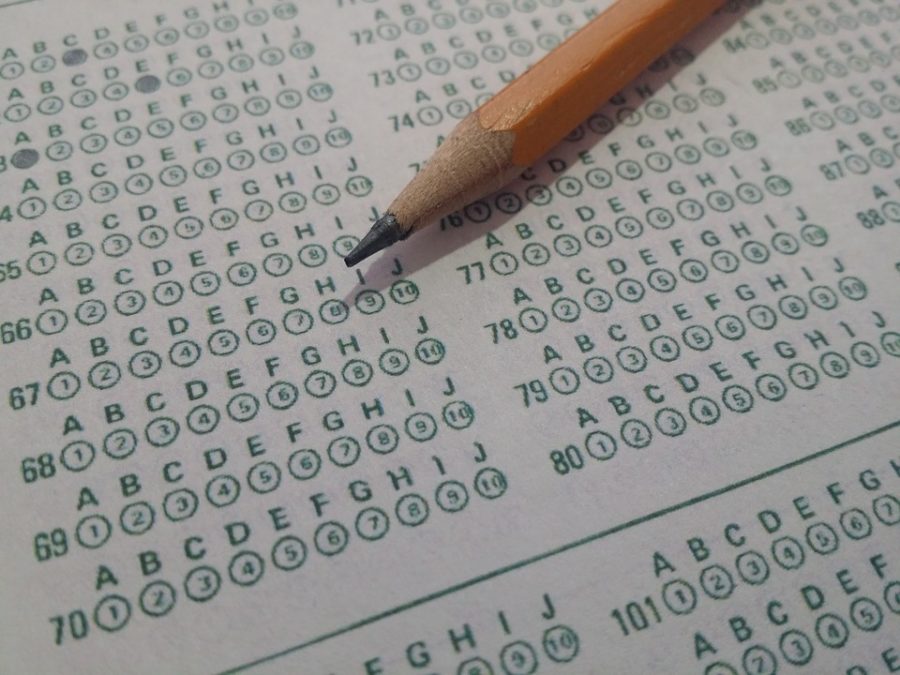Testing too frequent, stressful
Photo via Google under Creative Commons license
Most standardized tests, as mentioned below, are taken on Scranton, as shown above.
It seems like testing is a main part of school. Tests sometimes determine a student’s overall grade for the class. Though this seems to be normal for many high school students, they can’t help but wonder, “How much testing is too much testing?”
It seems as if there is no end to test taking. Whether it is standardized testing or general class tests, students are on overload with the hours of tests. Should there be regulations on the number of tests teachers can assign?
According to the Council of Great City Schools, on average students take 112 mandatory standardized tests from the time they are in Pre-K to the time they are in 12th grade. The same study showed that students take 20-25 hours of standardized testing every year. Though this may seem manageable, this study does not include the hours spent for preparation and the daily tests and quizzes the students receive from their teachers.
Part of high school seems to be survival of the fittest. Most of a student’s grade is based off of their performance on tests. Since so many students are determined to get the highest grades they can, they try to cram all of the information into their brain for the test in a small period of time.
If teachers were to ask the students the same questions the week after the test, there is a chance that they will have completely forgoten all of the information they had learned the week before.
What is the point of teaching students if they are going to forget the information the following week? A possible solution is to spread out tests and lower the amount of topics in a given curriculum. It seems like a perfect world to be able to teach a student everything about the history of the United States, but if they don’t remember all the information they spent weeks learning, it seems like a waste of time. It would be better for students to understand fewer topics in depth than to know small pieces of information from many topics.
Some days are strictly set aside as “test days” for students. This takes up time from the school day that could be spent learning new information. If a teacher only gives a test every two weeks, and allows a day for review, approximately 36 days a school year would be spent devoted to tests. It comes to a certain point when schools must ask themselves how much time they are willing to waste testing rather than learning.
Despite the time it takes to give a test, students also deal with an overload of stress due to test taking. Students are put under so much pressure to do well on tests in order to graduate, go to college, and be able to have a career. Certain standardized tests require a student to pass them in order to graduate.
It seems ridiculous to tell a teenager that the letters they circle on their tests will determine their future. Teenagers are indecisive when it comes to what they want to eat for breakfast, never mind if they should choose the letter A or B in order to get into college. This policy completely contradicts the No Child Left Behind Act” that strives to help students be able to succeed. Tests should not have such a big impact on a person’s future; there is always another way.
One may argue that tests are simply to evaluate a student’s progress so that the teacher can understand what a student needs help in. This seems like a valid point until one looks into the tests that the students are being given. Questions on tests are constructed to trick the student to see if they will be able to lead themselves to the right answer. If a teacher truly wants to know what the students understand, they should ask straightforward questions instead of trying to mislead their students.
If schools continue to overload students with tests, they will be exhausted by the time they’re adults. Let’s make kids love learning again. Instead of giving tests every week, give tests every two weeks and use classwork to evaluate a student’s performance. There are many options available with the advancements in technology to replace the number of tests. We should give students a better learning experience if we want them to continue to improve.







